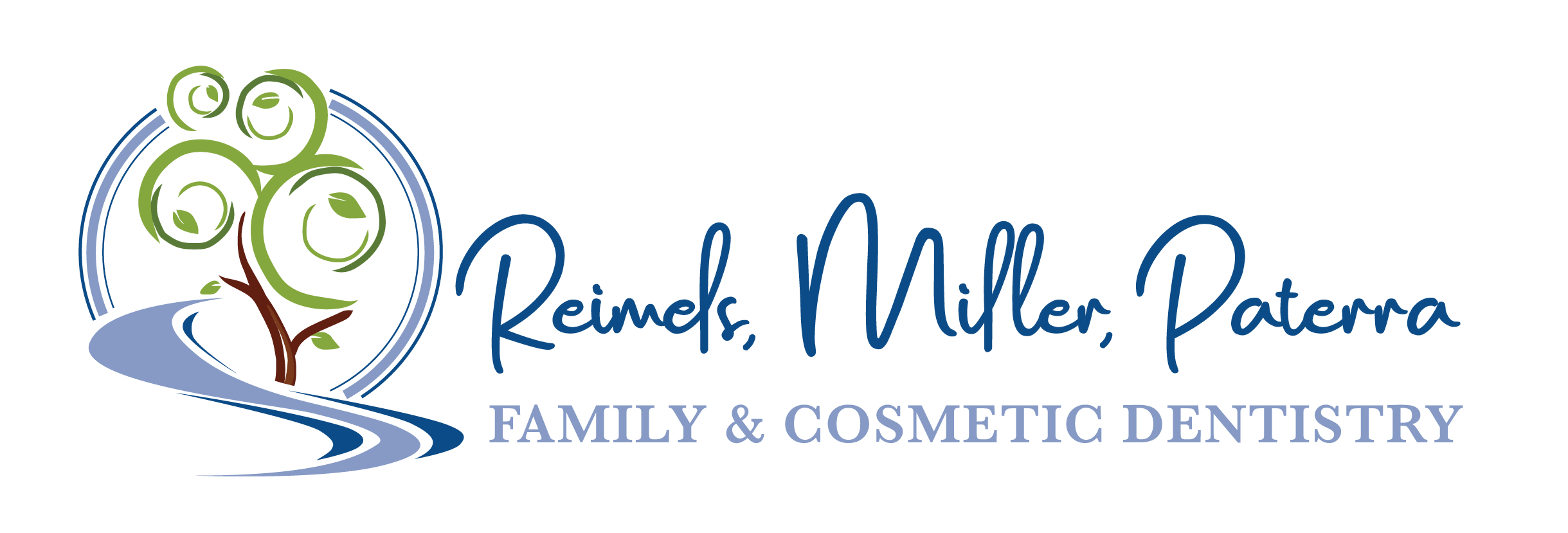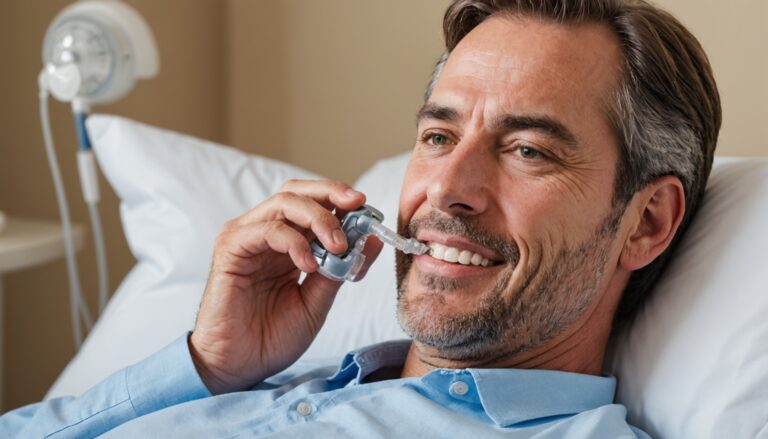Understanding Oral Appliance Therapy
Oral appliance therapy is an increasingly popular option for those seeking a solution for mild to moderate sleep apnea. It involves the use of custom-fitted mouthpieces designed to maintain an open airway during sleep. This non-invasive approach provides a practical alternative to traditional devices such as CPAP (Continuous Positive Airway Pressure) machines.
Benefits of Oral Appliance Therapy
The benefits of using a custom mouthpiece for sleep apnea are significant. Here are some key advantages:
| Benefits of Oral Appliance Therapy | Description |
|---|---|
| Comfort | Custom-fitting ensures the mouthpiece conforms perfectly to your dental structure, making it much more comfortable than generic options. Sleep Better Columbus highlights that comfort promotes better adherence to treatment. |
| Effectiveness | Studies show that custom-made devices effectively manage sleep apnea symptoms compared to over-the-counter products. This conformity to individual needs optimizes airway positioning. Cleveland Clinic |
| Non-invasive | Oral appliances present a non-surgical treatment option, avoiding the complexity of invasive procedures or bulky machinery. They allow patients the freedom to move comfortably during sleep without masks or hoses. |
| Portability | These mouthpieces are easy to carry and do not require electricity, making them convenient for travel and everyday use. |
Utilizing a custom oral appliance can lead to improved quality of sleep and decreased symptoms of sleep apnea, including reducing nighttime snoring. To learn more about sleep apnea treatments, visit our page on dental sleep apnea treatment.
Role of Dentists in Sleep Apnea Treatment
Dentists play a critical role in the effective management of sleep apnea through oral appliance therapy. As trained professionals, they are able to create customized appliances tailored to fit your mouth comfortably while ensuring proper alignment of the jaw. A dentist’s involvement typically includes:
- Diagnosis: Working in collaboration with physicians, dentists can provide initial assessments and determine if oral appliance therapy is appropriate for you.
- Custom Fitting: Dentists use advanced technology and methods to design mouthpieces that specifically suit your dental anatomy, enhancing both comfort and efficacy. Customized mouth guards align the jaw optimally to keep the airway open.
- Follow-up Care: Dentists monitor the effectiveness of the oral appliance during follow-up visits, making adjustments as necessary to improve comfort and functionality.
- Education: Dentists provide important guidance on how to use and care for your mouthpiece, ensuring you maximize its benefits while maintaining good oral hygiene.
For further information on this innovative treatment option, explore our section on oral appliance therapy for sleep apnea. Engage with a sleep apnea dentist treatment provider to explore how this approach can work for you.
Mandibular Advancement Devices (MADs)
How MADs Work
Mandibular Advancement Devices (MADs) are specialized plastic mouth guards designed to cover the upper and lower teeth. These devices gently move the lower jaw forward by a few millimeters or more, which helps to open the airway during sleep. By keeping the airway unobstructed, MADs can effectively alleviate symptoms associated with sleep apnea and snoring.
MADs can be customized by a dentist to fit your individual needs, including adjustments in size, material, jaw movement, and the degree of advancement of the lower jaw. The adaptability of these devices makes them a favored option for those considering a custom mouthpiece for sleep apnea.
| Feature | Description |
|---|---|
| Design | Covers upper and lower teeth |
| Jaw Movement | Advances lower jaw forward |
| Customization Options | Size, material, degree of advancement |
| FDA Clearance | FDA-approved for sleep apnea treatment |
Effectiveness of Customized MADs
Research indicates that customized MADs tend to be more effective than premade options available over the counter. These premade mouth guards are typically designed only to reduce snoring and are not FDA-cleared for treating sleep apnea. They lack the adjustability and comfort that customized options provide [2].
Customized MADs have demonstrated the ability to significantly reduce pauses in breathing, improve blood oxygen levels, and decrease daytime sleepiness in individuals with obstructive sleep apnea (OSA). They have shown effectiveness similar to that of Continuous Positive Airway Pressure (CPAP) machines in minimizing snoring and enhancing overall sleep quality. Some individuals find MADs to be more comfortable and easier to use, especially when considering alternatives to CPAP [3].
It’s essential to consult with a sleep apnea dentist for a tailored approach to oral appliance therapy. Choosing a customized device not only ensures a proper fit but also maximizes therapeutic benefits for individuals dealing with mild to moderate sleep apnea. Additionally, consider exploring other dental solutions available for sleep apnea treatment, such as oral appliance therapy for sleep apnea.
Tongue-Retaining Devices (TRDs)
Mechanism of TRDs
Tongue-retaining devices (TRDs) serve a unique purpose in the treatment of obstructive sleep apnea (OSA) by using suction to maintain the tongue in a forward position. This positioning prevents the tongue from collapsing into the airway, which is a common cause of breathing interruptions during sleep Sleep Apnea. Unlike other oral appliances, TRDs are designed to stabilize the tongue rather than reposition the jaw, making them suitable for individuals who may not benefit from mandibular advancement devices (MADs).
TRDs are generally easier to fit and do not require a custom fitting from a dental professional. However, they may come with some discomfort due to the suction mechanism used to hold the tongue in place. This can lead to varying degrees of user acceptance, and while effective, TRDs have not been studied as extensively as MADs.
Comparing TRDs and MADs
When choosing between TRDs and mandibular advancement devices (MADs), it’s important to consider several factors, including effectiveness, comfort, and suitability for individual needs. Below is a comparison of the two types of devices.
| Feature | Tongue-Retaining Devices (TRDs) | Mandibular Advancement Devices (MADs) |
|---|---|---|
| Mechanism | Uses suction to stabilize the tongue | Moves the lower jaw forward to open the airway |
| Custom Fit | No custom fitting required | Requires custom fitting by a dental professional |
| Effectiveness | Less research support; suitable for some individuals | Proven effectiveness similar to CPAP for mild and moderate OSA Sleep Apnea |
| Comfort | Potential discomfort from suction mechanism | Generally more comfortable for users with mild to moderate OSA |
| Dental Impact | No impact on teeth positioning | Can affect jaw and teeth positioning over time |
MADs have been shown to have similar effectiveness to Continuous Positive Airway Pressure (CPAP) machines in managing OSA, with some studies indicating they can effectively reduce daytime sleepiness and snoring Sleep Apnea. If you are considering alternatives to CPAP, it may be beneficial to consult with a sleep apnea dentist to evaluate which option is best for you, taking into account your specific health needs and preferences.
Ultimately, the choice between TRDs and MADs will depend on your individual circumstances, including comfort levels, dental health, and desired outcomes. For further guidance on oral appliance options, explore our articles on oral appliance therapy for sleep apnea and mild sleep apnea dental treatment.
Choosing the Right Oral Appliance
When considering a custom mouthpiece for sleep apnea, it’s essential to understand the factors that affect the choice between custom-fitted and over-the-counter options. Each has its own advantages and disadvantages, which can significantly impact your comfort and treatment effectiveness.
Factors to Consider
When choosing an oral appliance, keep the following factors in mind:
| Factor | Custom-Fitted Appliances | Over-the-Counter Appliances |
|---|---|---|
| Fit | Tailored to your dental structure, ensuring comfort and stability [4] | One-size-fits-all, may not fit correctly, leading to discomfort and ineffectiveness |
| Comfort | Designed for prolonged wear with minimal irritation | Often uncomfortable due to improper fitting |
| Effectiveness | More effective in managing sleep apnea symptoms [3] | May not be FDA-cleared for sleep apnea treatment, potentially leading to ineffective management [2] |
| Consultation | Requires assessment by a dentist or sleep specialist [5] | No professional guidance, which can result in poor treatment outcomes |
These factors play a crucial role in determining the effectiveness of your treatment for mild and moderate sleep apnea. It is advisable to consult a professional to ensure the best option for your specific needs.
Custom-Fitted vs. Over-the-Counter Options
Custom-Fitted Appliances: These mouthguards are designed specifically for you after a thorough assessment by a sleep apnea dentist. They conform perfectly to your dental structure, providing significant comfort compared to one-size-fits-all solutions. Custom fittings encourage better adherence to treatment, which is vital for the effectiveness of your sleep apnea management.
Over-the-Counter Appliances: These are generally premade and available in stores or online without professional evaluation. While they may be less expensive, they often lack the necessary customization for effective treatment. Premade options may also fail to achieve FDA clearance for sleep apnea treatment and could result in inadequate symptom management [2].
In making your decision, weigh the benefits of investing in a custom mouthpiece for sleep apnea against the convenience of over-the-counter alternatives. Remember that a properly fitted and designed oral appliance is crucial for effective obstruction management during sleep. For additional guidance on your options, consider resources about oral appliance therapy for sleep apnea and speak to a sleep apnea dentist.
Oral Appliance Maintenance
Taking proper care of your custom mouthpiece for sleep apnea is essential to ensure its effectiveness and longevity. Maintaining your appliance not only keeps it in good condition but also promotes oral hygiene, which is vital for your health.
Cleaning and Care Tips
-
Daily Rinsing: After each use, rinse your mouthpiece with cold water or mouthwash to remove saliva and debris. This simple step helps prevent bacteria buildup.
-
Weekly Deep Cleaning: Once a week, use a soft-bristle toothbrush and non-abrasive toothpaste to clean your mouthpiece thoroughly. This helps remove any plaque or tartar that may accumulate over time.
-
Storage: Always store your custom mouth guard in a ventilated case to protect it from dust and damage. Keep the case away from direct sunlight or extreme temperatures, as these conditions can compromise the material and effectiveness of the appliance [1].
-
Regular Inspection: Periodically check your mouthpiece for signs of wear or damage. If you notice any cracks or significant changes in fit, consult with your sleep apnea dentist to determine the best course of action.
Hygiene Practices for Oral Appliances
Maintaining good oral hygiene while using a sleep apnea appliance is crucial. Here are some best practices to follow:
| Practice | Description |
|---|---|
| Brush and Floss Regularly | Keep up with your daily oral hygiene routine, brushing your teeth twice a day and flossing once a day. This ensures that bacteria do not thrive in your mouth while using an appliance. |
| Avoid Storing Wet | Ensure your mouthpiece is completely dry before storing it, as moisture can lead to bacterial growth and odors. |
| Use a Clean Case | Regularly clean the case where you store your mouthpiece to prevent contamination. |
| Replace as Needed | Customized mouth guards can wear out over time. Talk to your dentist about how often you should replace your appliance to ensure optimal performance and comfort. |
Following these tips will help you maintain your custom sleep apnea mouth guard’s effectiveness and contribute to your overall oral health. For more information on orthodontic solutions, consider exploring additional resources on oral appliance therapy for sleep apnea. Keeping your device clean is a key aspect of your journey toward better sleep and health.
Insurance Coverage for Oral Appliances
Medical Insurance Considerations
When considering a custom mouthpiece for sleep apnea, it’s essential to understand how insurance coverage works. Medical insurance can cover the cost of oral sleep appliances used for treating obstructive sleep apnea (OSA). However, most dental insurance plans do not typically provide this coverage. To ensure your claims are processed correctly, you must have a medical diagnosis of OSA, which should be coded as ICD 327.23.
To facilitate coverage, you will need to provide relevant documentation, including:
- A sleep study interpretation by a sleep physician
- A letter of medical necessity or a written order from a physician
Additionally, since 2011, Medicare has included coverage for approved oral appliances classified as “durable medical equipment (DME).” This trend is reflected in many medical insurance plans as they improve coverage options for FDA-approved oral devices designed for sleep apnea treatment [6].
Using Health Insurance for Oral Appliance Therapy
To maximize your health insurance benefits for oral appliance therapy, take the following steps:
- Verify Coverage: Check with your insurance provider to see if they cover oral appliances for sleep apnea treatment.
- Obtain a Diagnosis: Schedule a consultation with a medical professional who specializes in sleep medicine. This may involve undergoing a sleep study.
- Get Necessary Documentation: Request a letter of medical necessity from your healthcare provider, along with any other required documentation.
- Submit Claims with Proper Codes: Ensure that your claims are submitted with the correct medical codes and documentation to increase your chances of approval.
- Consult with Your Dentist: Work closely with your sleep apnea dentist to ensure they provide all necessary information needed to bill your insurance successfully.
By understanding the nuances of insurance coverage for oral appliances, you can navigate the financial aspects of your treatment more effectively. For more information on how these devices work, visit our section on oral appliance therapy for sleep apnea.








